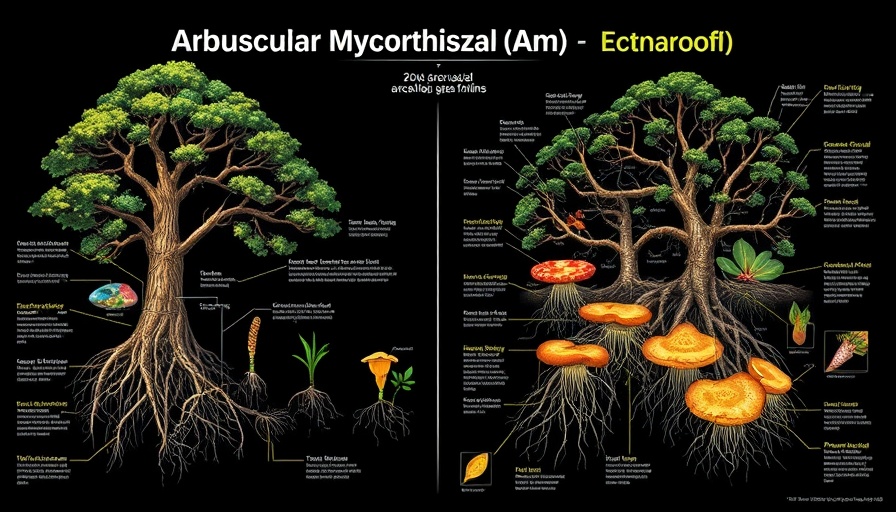
Microplastics and Maternal Health: A Growing Concern
Recent research has brought to light an alarming connection between microplastics and pregnancy outcomes. At the Society for Maternal-Fetal Medicine's annual meeting, a landmark study presented evidence of microplastic accumulation in human placentas, which appears linked to preterm births. Researchers analyzed 175 placentas, revealing that those from preterm pregnancies contained significantly higher levels of certain microplastics. This discovery prompts us to rethink what is hidden inside the human body and how it might influence our health.
A Closer Look: What Are Microplastics?
Microplastics are tiny plastic particles that result from the degradation of larger plastic products or are intentionally manufactured as industrial materials. Common forms include polyethylene (PE) and polyvinyl chloride (PVC). These plastics are pervasive in our environment, and their presence has been detected in various ecosystems. With their small size, they can easily enter the human body through ingestion, inhalation, or even transplacentally, raising questions about their effect on fetal development.
The Unexpected Findings of the Study
Dr. Enrico Barrozo, who led the study, noted a surprising increase in polycarbonate and nylon levels in the placentas of preterm births. Despite lower gestation times, these placentas exhibited earlier and more substantial microplastic accumulation. This may point to a concerning trend: that repeated exposure to these pollutants may coincide with health complications during pregnancy.
Potential Impacts on Reproductive Health
While microplastics haven't been explicitly named as a direct cause of premature births, the associations drawn from this study encourage further investigation. Dr. Kjersti Aagaard highlights that such accumulations might indeed contribute to preterm births. This raises larger questions about environmental toxins and their implications for maternal and child health, asserting the need for comprehensive studies in this area.
Connecting the Dots: Broader Health Implications
This research is not an isolated case. It reflects a broader trend of emerging studies revealing the potential risks posed by microplastics. For instance, other recent research shows links between phthalates—chemicals found in plastics—and developmental issues in newborns. Such connections suggest a pressing need to scrutinize our plastic use and policies aimed at environmental protection and public health.
What Does This Mean Moving Forward?
As more data becomes available, awareness is crucial. Addressing plastic pollution requires collective action, from industry changes to individual choices, to reduce plastic consumption. Communities, especially those at higher risk, should be emphasized to adopt eco-friendly practices and minimize plastic exposure. Educating ourselves about the implications of microplastics can empower communities to take steps toward healthier environments.
 Add Row
Add Row  Add
Add 



Write A Comment